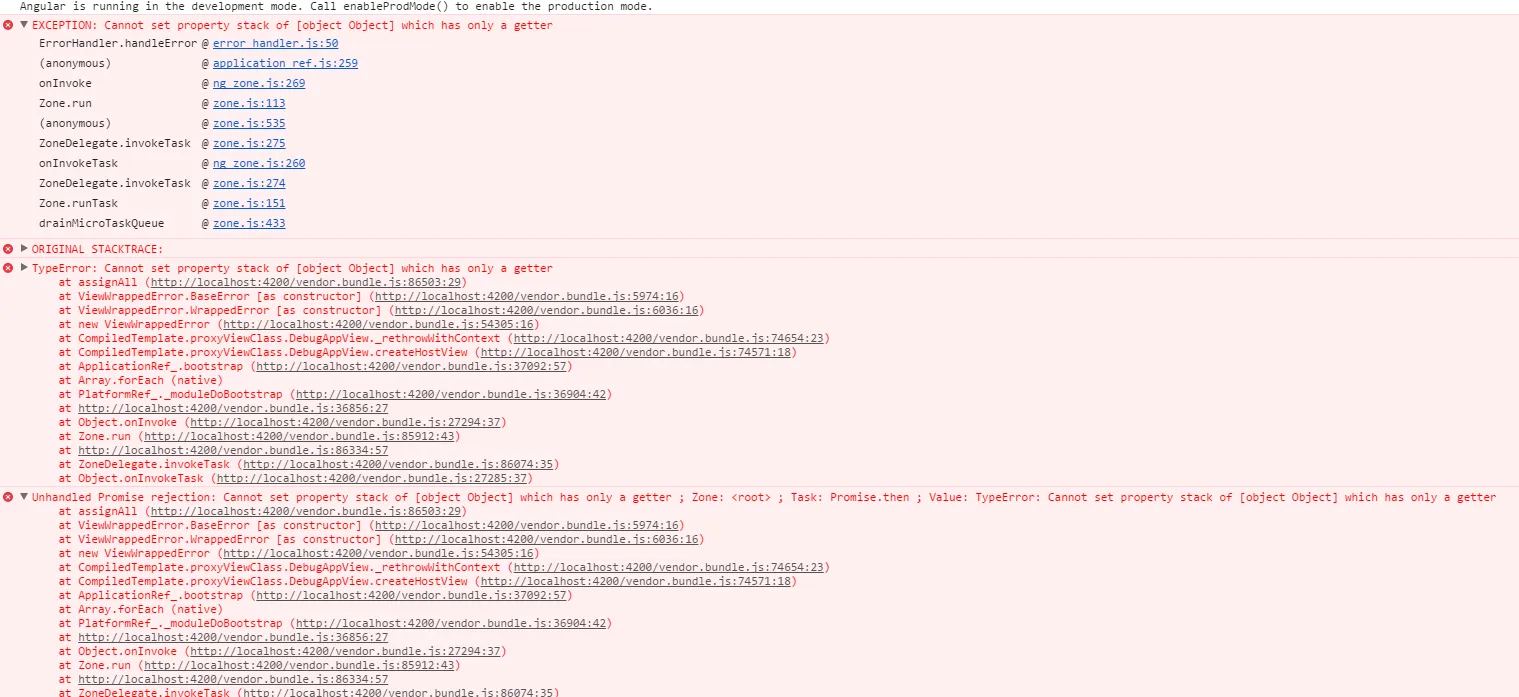我的问题与此问题相同:Error when bootstrapping multiple angular2 modules
我的index.html有以下代码
<app-header>Loading header...</app-header>
<app-root>Loading...</app-root>
<app-footer>Loading footer...</app-footer>bootstrap: [AppComponent,HeaderComponent,FooterComponent]在我的 main.ts 中,我对它们进行引导
platformBrowserDynamic().bootstrapModule(AppModule); 我正在尝试创建同一组件内的独立模块,这些模块可以插入和拔出应用程序。例如,页眉、页脚和正文模块。某些页面可能不需要页眉,因此我可以跳过 app-header 的包含。
我正在尝试创建同一组件内的独立模块,这些模块可以插入和拔出应用程序。例如,页眉、页脚和正文模块。某些页面可能不需要页眉,因此我可以跳过 app-header 的包含。我的方法正确吗?